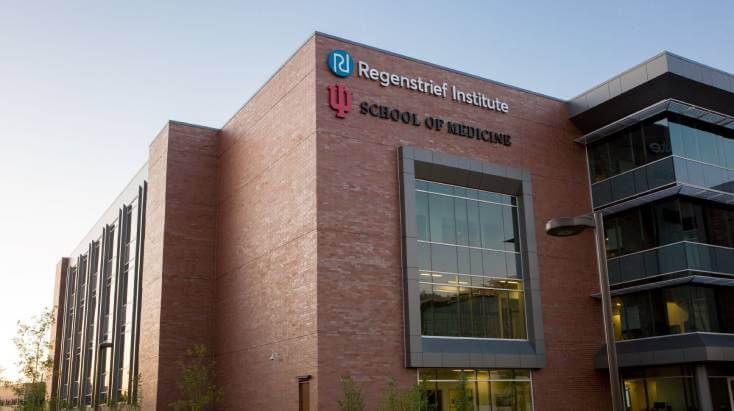Indiana’s syndromic surveillance system for public health surpasses the typical lifespan of public health technical initiatives
Created by Regenstrief Institute, the Indiana University School of Medicine, the Indiana State Department of Health and the Marion County Health Department, the Public Health Emergency Surveillance System (PHESS) has served Indiana’s foundational syndromic surveillance network for 20 years.
PHESS, initially developed by Regenstrief’s Shaun Grannis, M.D., M.S., and former Regenstrief Director of Medical Informatics J. Marc Overhage, M.D., PhD, has served as an essential public health tool, enabling early detection of bioterrorism threats and other health emergencies through chief complaint data received from emergency departments statewide. After nearly 10 years of PHESS operations, Regenstrief transferred the system to the Indiana Health Information Exchange (IHIE) in 2014, which continues to oversee the operational aspects of the health information exchange-based system.
Designed to meet the need for a rapid-response infrastructure capable of identifying emerging public health threats, PHESS has been a cornerstone of Indiana’s public health strategy since its inception. The system connects Indiana hospitals, allowing real-time data analysis and communication that has proven valuable in responding to events like the COVID-19 pandemic. In addition to supporting Indiana’s public health needs, PHESS’s robust data feeds also support Regenstrief’s ongoing research with the Centers for Disease Control and Prevention (CDC) for vaccine effectiveness and long COVID, further underscoring its lasting impact on public health and medical research.
“PHESS stands as an unparalleled example of a continuously running public health initiative,” says Dr. Grannis, vice president of data and analytics at Regenstrief. “It’s durability and success stem from sustained partnerships among Regenstrief, IHIE and public health stakeholders, as well as a steadfast commitment to public health infrastructure. Without PHESS, many advances in Indiana’s health information exchange and research capabilities could have been delayed or limited.”
Key milestones and impact
- Foundational to opioid and other drug overdose surveillance to inform decision making and response for public health and healthcare leaders.
- Rapid hospital connectivity: PHESS enabled the swift expansion of connections with Indiana hospitals, providing critical infrastructure for the state’s health information exchange.
- COVID-19 pandemic response: During the COVID-19 pandemic, PHESS’s data-sharing capabilities allowed Indiana to respond quickly to evolving health needs, informing research and public health decisions with timely data.
- Awards and recognition: In 2009, PHESS was honored with the national eHealth Initiative Award for Public Health Innovation, recognizing its role as an impactful tool in public health surveillance.
An educational resource for future public health professionals
In addition to its role in active public health monitoring, PHESS has become a valuable educational resource for future epidemiologists and data scientists. Using a fully deidentified dataset of 100,000 visits sampled from operational data, students and educators can explore real-world syndromic data as an epidemiologist would. Available through a data agreement, these resources allow students to practice analyzing temporal trends in diagnosis codes, map disease spread across regions and engage in other practical exercises that simulate the work of public health professionals.
Faculty members at institutions that complete the data agreement process gain access to supporting materials, such as teaching exercises and data science competencies, hosted in the Regenstrief GitHub Repository. This integration of PHESS data into Indiana University’s and Regenstrief Institute’s National Institutes of Health’s National Library of Medicine-funded T32 Training Program in Public and Population Health Informatics provides an invaluable learning experience for students.
“PHESS not only exemplifies long-term public health innovation but also serves as an invaluable training tool,” adds Dr. Grannis. “Providing students with real-world, deidentified data helps them develop the skills necessary to address tomorrow’s public health challenges.”
For more information on PHESS, its educational datasets and training materials, visit Regenstrief’s Public and Population Health Informatics webpage.
About Shaun Grannis, M.D., M.S.
In addition to his role as the vice president of data and analytics at Regenstrief Institute, Shaun Grannis, M.D., M.S., is the Regenstrief Chair in Medical Informatics and a professor of family medicine at the Indiana University School of Medicine.








